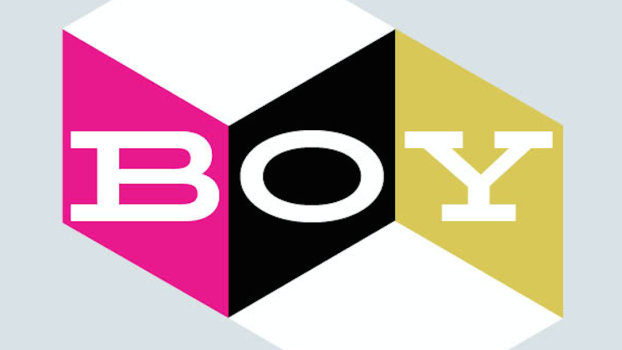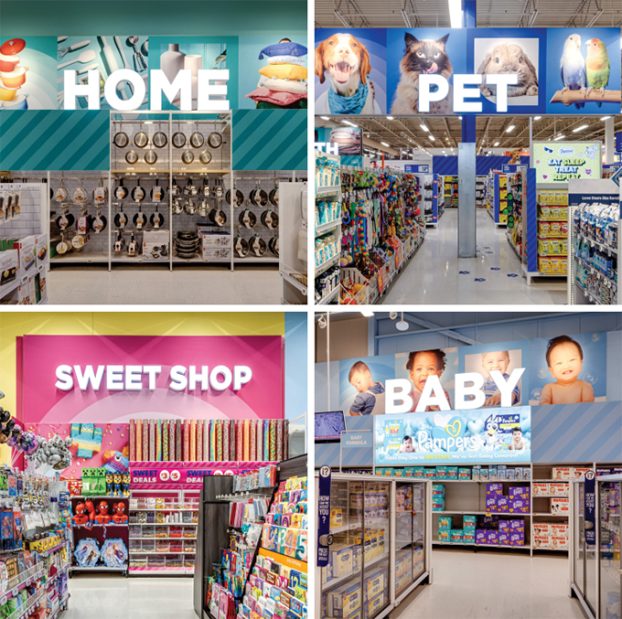You’re reading a story from Strategy C-Suite, a weekly briefing on how Canada’s brand leaders are responding to market challenges and acting on new opportunities. Sign-up here to receive the latest stories.
Canada Goose has been spreading its CSR wings for more than a decade.
Since 2007, the Toronto-based parka maker has fought to preserve polar bear habitats through a partnership with Polar Bears International (PBI). It opened Canada Goose Resource Centres, providing free fabrics and other materials to Inuit sewers whose handmade jackets help keep their families warm, in addition to supporting northern Inuit communities through collaborations and initiatives like Project Atigi.
And in April, as the COVID-19 pandemic continued to batter retail sales, the 63-year-old company took additional steps to advance its climate promise with the unveiling of a new Sustainable Impact Strategy alongside its first corporate sustainability report.
Now, as pressure mounts on brands to make their businesses a vehicle for doing good, Canada Goose has brought its sustainability and “values-based initiatives” under a single brand platform called “Humanature” (a portmanteau of the words “human” and “nature”) whose mission is “keeping the planet cold and the people on it warm.”
“We decided to launch the platform to unite the brand behind a singular purpose… For us it isn’t about a name, it’s about a way of behaving,” says Penny Brook, Canada Goose CMO. “This isn’t a marketing campaign, it’s a lifetime purpose-based commitment.”
The commitments being made under “Humanature” each fall within one of two buckets, those targeting sustainability (aimed at “keeping the planet cold”) and those addressing culture and the arts and other philanthropic and community needs (aimed at “keeping the people on it warm”).
Under the first pillar, Canada Goose places its Sustainable Impact Strategy, which comes with committing to net zero direct and indirect (scope 1 and 2) greenhouse gas emissions by 2025 and achieving 100% Responsible Down Standard certification (which works to protect the welfare of geese and ducks used in the supply chain) by 2021, among other targets.
The first pillar is also where the company situates its partnership with PBI – to which it has donated $3.5 million over 13 years – its membership in the Sustainable Apparel Coalition, as well as its participation in Students on Ice, a charitable organization that leads educational expeditions to the Arctic and Antarctic for high school and university students.
 But one of the more significant parts of its sustainability work will be the launch of the Standard Expedition Parka – Canada Goose’s most sustainable parka to date – in January 2021.
But one of the more significant parts of its sustainability work will be the launch of the Standard Expedition Parka – Canada Goose’s most sustainable parka to date – in January 2021.
Made from recycled and undyed fabrics, lining and interlining and 100% responsibly sourced down and reclaimed fur, the Standard Expedition Parka will generate 30% less carbon, based on its footprint, compared to the company’s signature Expedition Parka. The new coat comes with a suggested retail price of $1,595 – $200 more than the Expedition Parka.
The Standard Expedition jacket is “the first tangible product benchmark for the brand” and is “the start of our journey to bring industry leading sustainability advances to all our products,” Brook says. “In setting out on this path we are committing to sustainability being an ongoing part of our product DNA instead of a one-off product or collection that creates a lot of noise but sits outside of our core values.”
The company previously said it would start making its parkas with reclaimed fur and stop purchasing new fur starting in 2022.
At the same time, “Humanature” significantly expands on initiatives outside of sustainability, such as Project Atigi and the company’s “response program,” through which it pivoted to manufacture medical gowns and scrubs at the onset of COVID-19.
Its efforts also include financial contributions to help underrepresented voices be recognized across the film industry, a Northern Art Program and art collection focused on “elevating Canadian and Arctic narratives” – with over 275 artworks on display in over 25 stores, it’s now the largest retail collection of Inuit art in the world – and the expansion of the Canada Goose Resource Centre Program to include the donation of repurposed parkas, many upcycled from the company’s warranty program.
Finally, the parka maker has launched a “Humanature Pass,” a 1-hour weekly pass available to full-time corporate Canada Goose employees, encouraging them to set aside time during business hours to connect with nature. According to Brook, the initiative aligns with the fact that “time outside can have powerful effects on our mental health,” including lowering blood pressure, reducing stress levels and improving people’s mood – which will be crucial as the country heads into a long pandemic winter fraught with mental health risks.
As with many other apparel retailers, Canada Goose has been forced to “refocus” some of its marketing investment as sales continue to suffer from the pandemic. For the quarter ending Sept. 27, total revenue fell to $194.8 million from $294 million a year prior, and gross profit slipped to $94.2 million from $160.4 million. To help offset operating losses, the company reduced marketing spend by $4.3 million over the period.
But in spite of this, Brook says it’s crucial to continue moving forward on CSR, as more than ever, consumers are demanding that brands “serve a greater purpose and stand up for real change and a better future” and “[put] stakes in the ground on both social and environmental issues.”
The platform will be woven into the brand’s ongoing communications, Brook says, with social posts and a dedicated hub on its site serving as the chief storytelling channels. And, moving forward, Canada Goose intends to continue innovating to make even more of its products and designs sustainable and, ultimately, a core part of its “Humanature” promise.
























